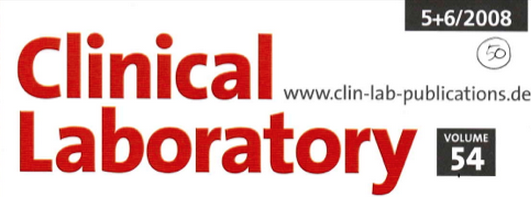
A. BOLNER, M. PILLERI, V. DE RIVA, G. P. NORDERA
Department of Neurology, Casa di Cura Villa Margherita, Arcugnano, Vicenza, Italy
SUMMARY
Background: Oxidative stress may be directly or indirectly involved in the pathogenesis of Parkinson’s disease (PD). 8-hydroxy-2’deoxyguanosine (8-OHdG) is the major product of DNA oxidative damage but its determina-tion in plasma or urine may have controversial significance. The concentration of 8-OHdG not only depends on its oxidation rate but also on the efficacy of the DNA repairing systems.
Methods: We studied the ratio between 8-OHdG and 2-dG (the corresponding not hydroxylated base 2′-deoxygua-nosine) in plasma and urine as a marker of oxydative stress in PD. This enabled the determination of the real DNA damage in terms of oxidation rate regardless of the efficacy of the DNA repairing mechanisms.
Results: We optimized two different analytical methods: one for 8-OHdG and the other for 2-dG, both based on a common preliminary solid-phase extraction step (SPE) followed by two different HPLC analytical separations with electrochemical detection (HPLC-ED).
The reliability of these methods was confirmed by analysing plasma and urine samples collected in parkinsonian patients and in age-matched healthy control subjects.
Conclusions: In urine samples, the measurement of 8-OHdG alone as well as the ratio 8-OHdG/2-dG were signifi-cantly different in healthy controls and PD patients. In plasma samples, only the ratio 8-OHdG/2-dG was signifi-cantly higher in PD compared to healthy controls showing that the ratio 8-OHdG/2-dG is a reliable diagnostic tool in studies on DNA oxydative damage.
(Clin. Lab. 2011;57:859-866)

